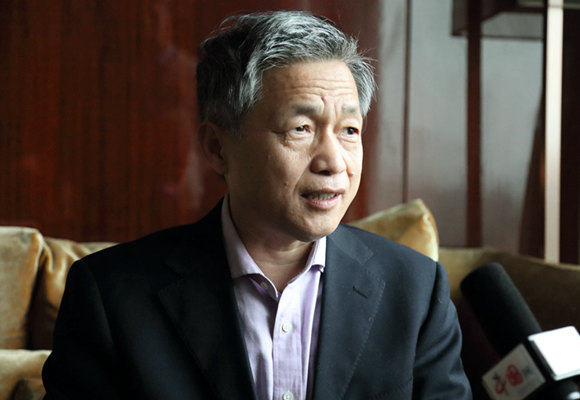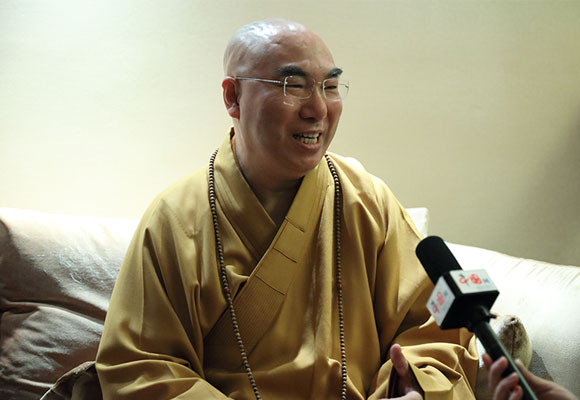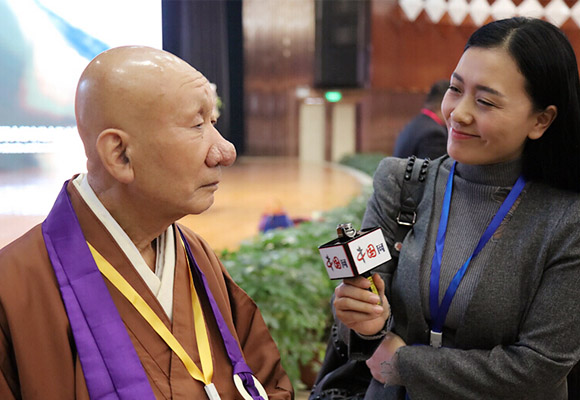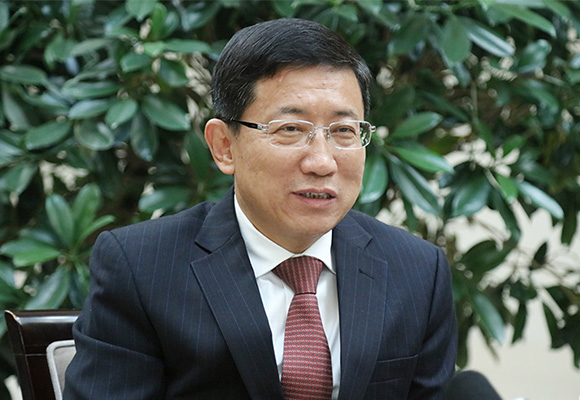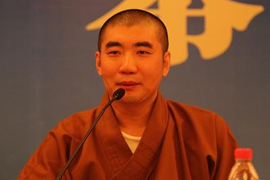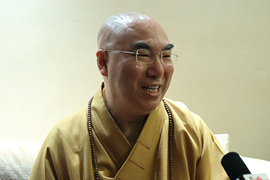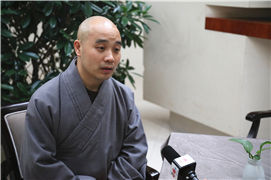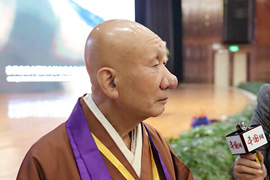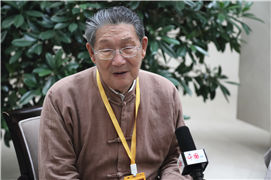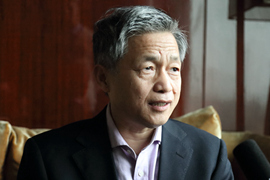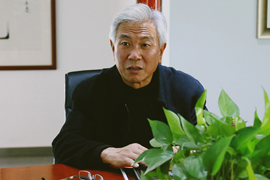He spoke about the "purposes, meanings, and themes of the seminar and about the spreading and promotion of Chinese Buddhism"....
Deputy Director of State Administration for Religious Affairs of P.R.C
Vice President of The Buddhist Association of China
Vice president of the Hong Kong Buddhist Association
Vice President of The Buddhist Association of China
Abbot from Myoshin-ji Temple
Professor at Department of Philosophy of Peking University
Research fellow at the CASS Institute of World Religions
Director of Shaanxi Provincial Bureau of Religious Affairs
Secretary-General of the Buddhist Association of Shaanxi Province

-
Located in Xiangjisi Village in Guodu Town of Chang’anDistrict, Xi’an City, Shaanxi Province, Xiangji Temple is the ancestral temple of the Pure Land School in the eight major schools of Buddhism.
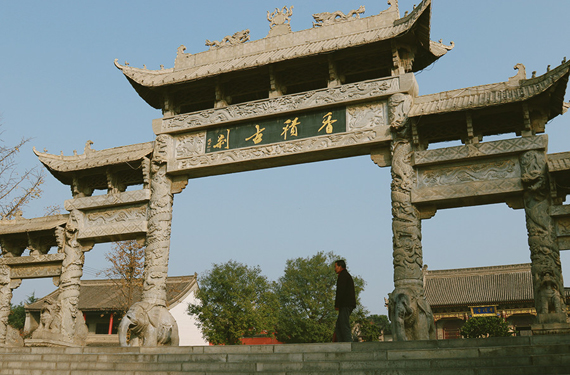
-
Caotang Temple is the ancestral temple of the Three-Treatise School in the eight major schools of Buddhism. It is the first national Buddhist sutra translation site in China, and the largest and oldest Buddhist sutra translation site among the three major sites.
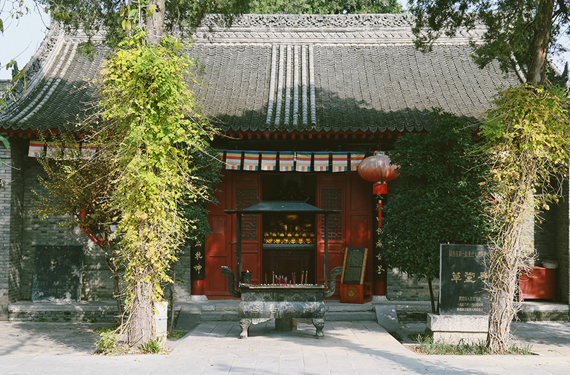
-
As an imperial temple of the Sui and Tang Dynasties (581-907), Daxingshan Temple is the ancestral temple of Esoteric School in the eight major schools of Buddhism. Situated on Jingshanfang of eastern Chang’an City (Xingshansi West Street of Xiaozhai in Xi’an City today), it is one of the three major sites for Buddhist sutra translation in Chang’an.

-
Jingye Temple is the ancestral temple of “Vinaya School” in the eight major schools of Buddhism. It is located at the northern foot of Zhongnanshan Mountain in Chang’an District of Xi’an City, Shaanxi Province, about 35 kilometers away from the downtown area of Xi’an City.
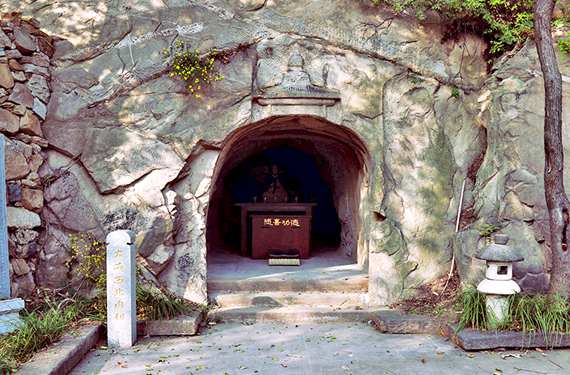
-
Located in Shaolingyuan of Chang’an District, Xi’an City, Shaanxi Province, Huayan Temple is the ancestral temple of the Huayan (Avatamsaka) School in the eight major schools of Buddhism. It is one of the eight famed temples in Fanchuan in the Tang Dynasty, a National Key Buddhist Temple, and a Key National Cultural Relics Protection Unit.
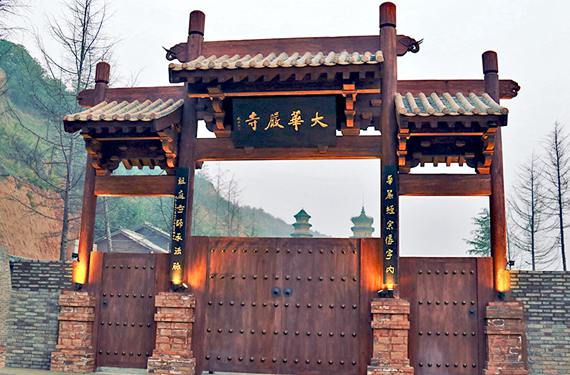
-
Located in Jinchangfang of Chang’an City of the Tang Dynasty (in southern Xi’an City of Shaanxi Province today), Great Ci’en Temple is the ancestral temple of the Weishi (Mind-Only) School of Buddhism.
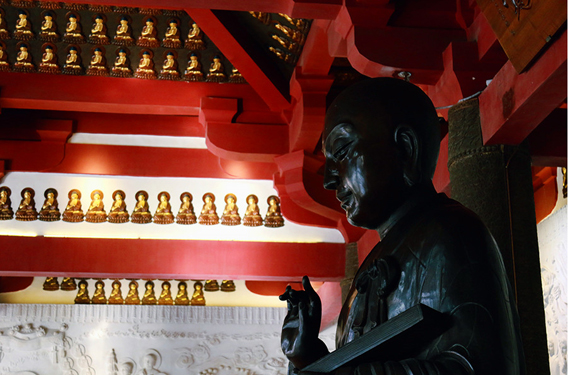
-
Qinglong Temple, also known as Stone Buddha Temple, is the ancestral temple of Esoteric School in the eight major schools of Buddhism and Shingon Buddhism of the Tang Dynasty. In 1996, Qinglong Temple was listed in the Key National Cultural Relics Protection Units by the State Council.
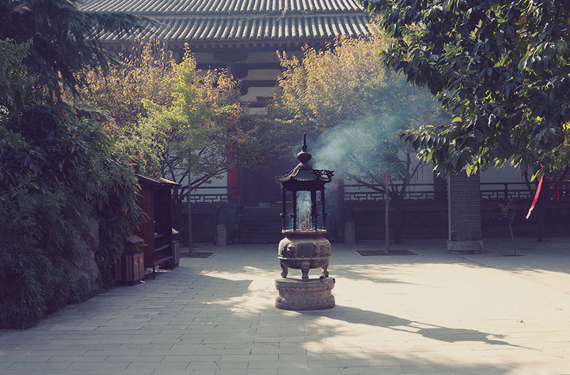
-
Located about 20 kilometers to the south of Xi’an City, Xingjiao Temple, also known as DatangHuguoXingjiao Temple (or Tang Dynasty Nation-Protection Religion-Enhancing Temple), ranks top of eight famed temples in Fanchuanof theTang Dynasty and is one of the ancestral temples of Faxiang or Dharmalakshana School.
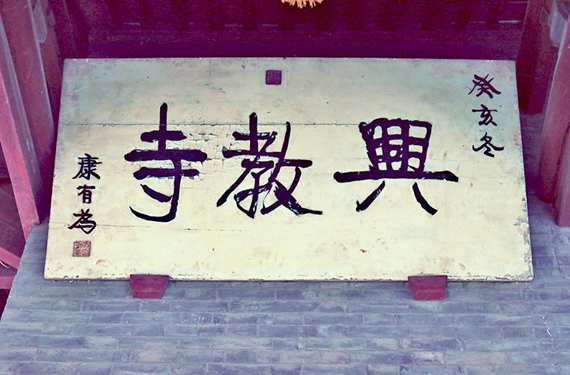


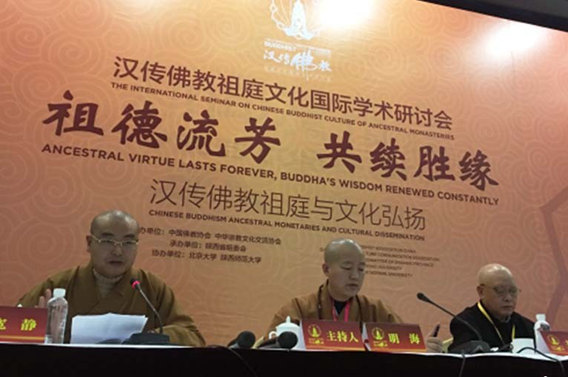 Relationship between Ancestral Temple Culture and cultural propagation On the subject of “The Chinese Buddhism and Its Cultural Propagation” of this seminar, we have received 30 papers and we will get them published in three installments.
Relationship between Ancestral Temple Culture and cultural propagation On the subject of “The Chinese Buddhism and Its Cultural Propagation” of this seminar, we have received 30 papers and we will get them published in three installments.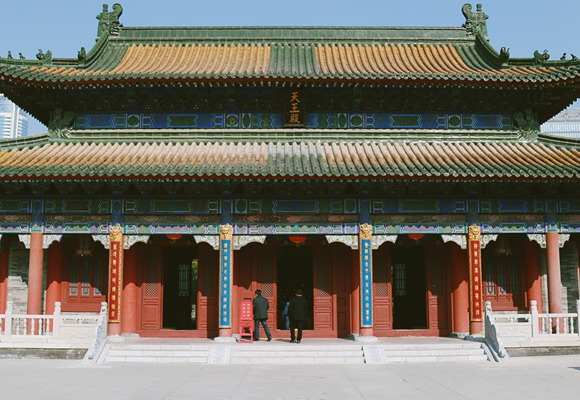 Chinese Buddhism Ancestral Monetaries and Chinese Practice Over 80 papers have been published, covering topics like the formation of ancestral Buddhism and its sects including Tiantai School, Huayan School, Sanlun School, Lu School, Vijnaptimātratā School, Zen School, Pure Land School, and Esoteric school.
Chinese Buddhism Ancestral Monetaries and Chinese Practice Over 80 papers have been published, covering topics like the formation of ancestral Buddhism and its sects including Tiantai School, Huayan School, Sanlun School, Lu School, Vijnaptimātratā School, Zen School, Pure Land School, and Esoteric school.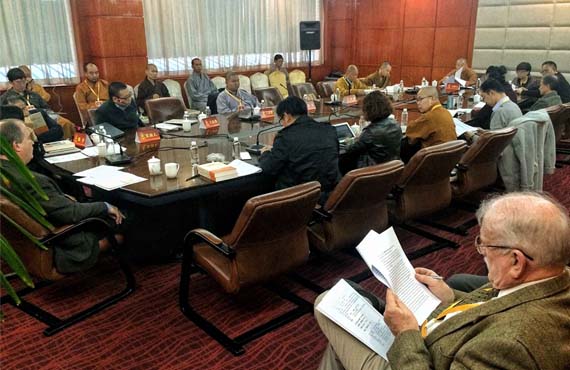 Chinese Buddhism Ancestral Monetaries and International Communication The ancestral temples are not just geological locations but also the spiritual homes for our mutual understanding and worthy of our cherishing.
Chinese Buddhism Ancestral Monetaries and International Communication The ancestral temples are not just geological locations but also the spiritual homes for our mutual understanding and worthy of our cherishing.